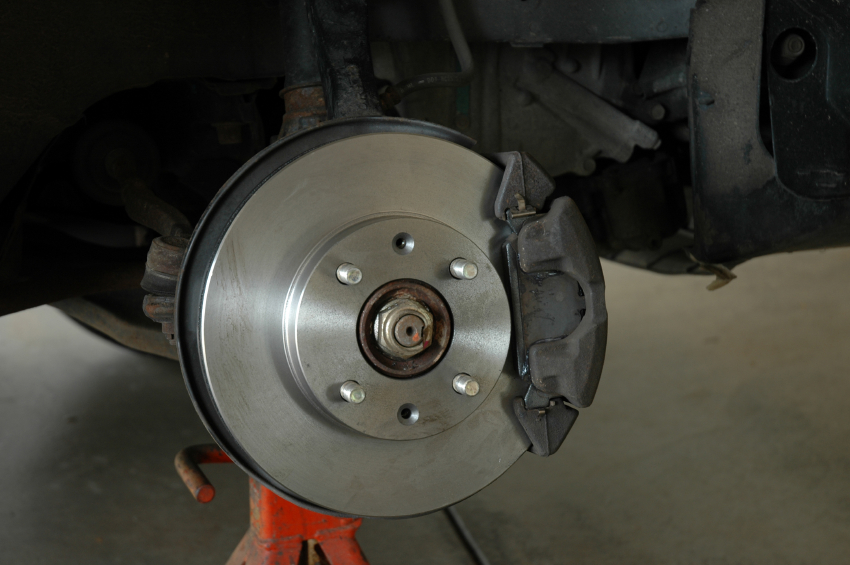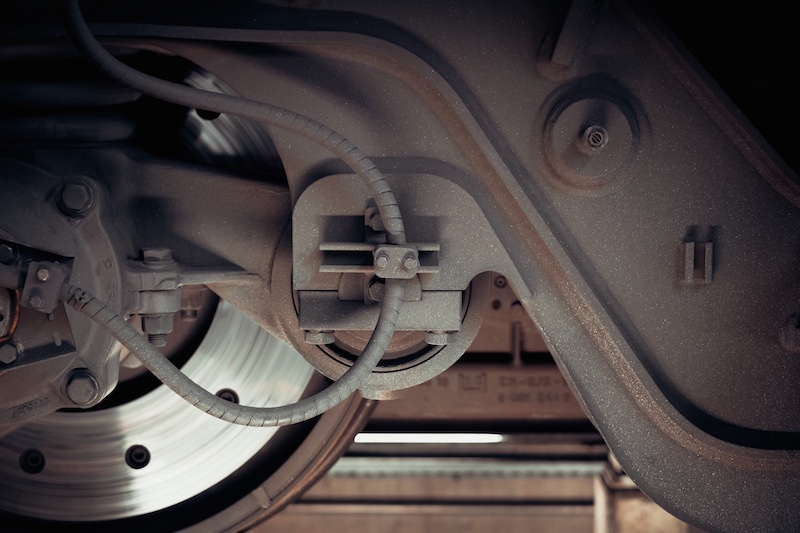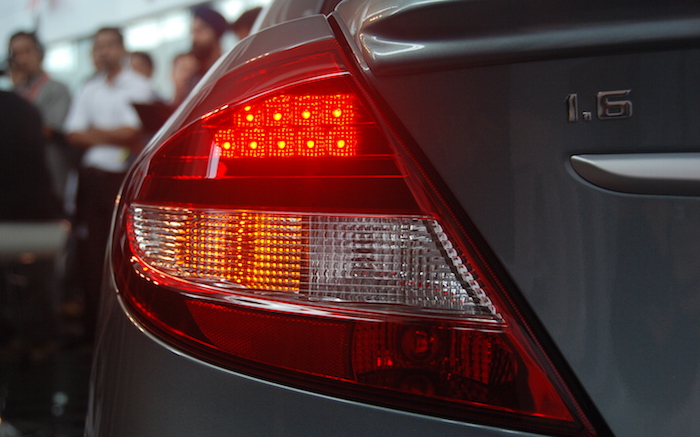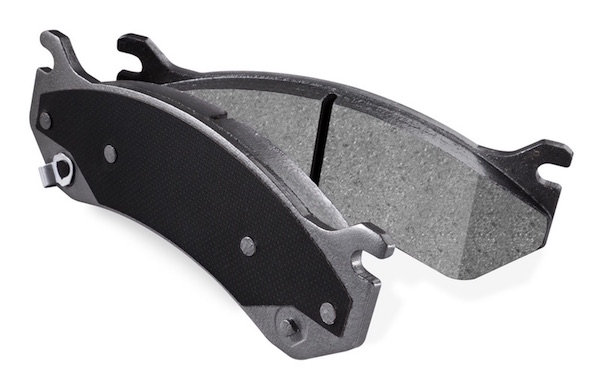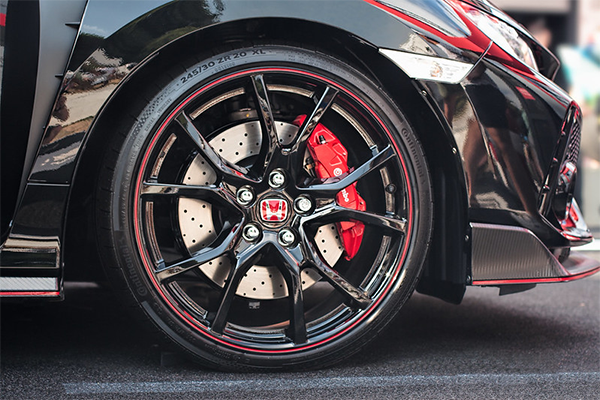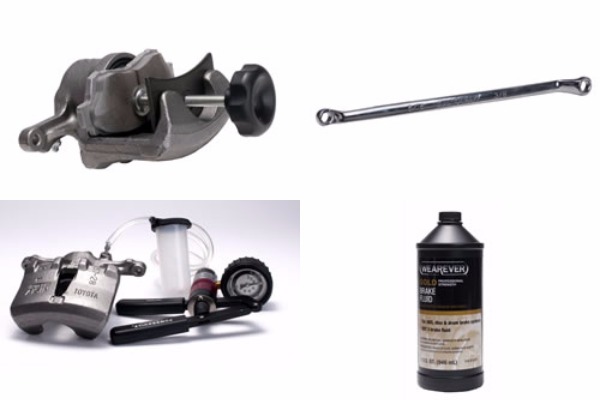You know something's wrong with your brakes. Maybe it's a grinding or scraping noise, pulling to one side when you slow down, or even a spongy brake pedal. The first step in diagnosing the source of the problem is understanding the main parts of a brake system and how they work together.

Brake pads and shims
When you push on your brake, calipers clamp the brake pads onto the rotors to reduce speed and then stop the vehicle. Brake pads get the glory as the main component in stopping, but equally important are the rotors. Helping to reduce noise and vibration are the brake pad shims and other hardware. Shims are made of metal or rubber and found on the back of brake pads, in between the pads and the calipers. In addition to reducing noise and vibration, shims manufactured from titanium also protect calipers and fluids from damage caused by excessive heat.
Troubleshooting brake pads
To do their job effectively, the pads must be able to absorb enough energy and heat. When there is too much wear or heat, brake pad efficiency is reduced, along with your stopping power. Car brake pad indicators are designed to emit a scraping sound when the pads are worn out. If you hear this or a grinding sound when you apply your brakes, the pads need replacing. Brake pads should be replaced in pairs. Learn how to choose the right brake pads for your vehicle and how to replace brake pads yourself.
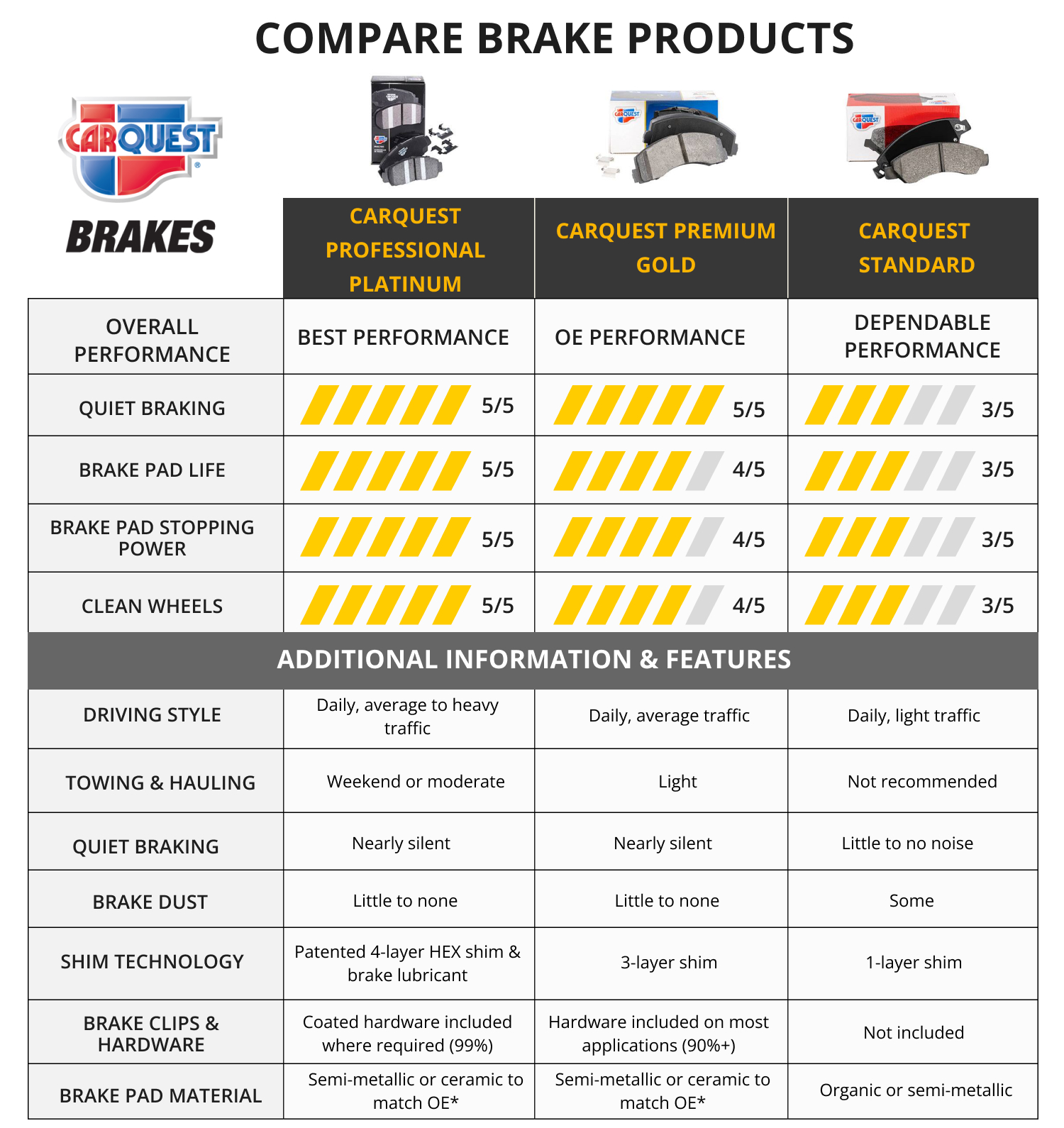
Brake Comparison Chart
Dont forget, when you're replacing your pads you should also replace the shims and hardware. Disc brake hardware includes parts like clips, springs, brackets, and slides, and all of them help dampen vibration and ensure the most secure pad placement. Over time, hardware components can become corroded or cracked, and replacing the hardware helps maintain quiet and safe braking. Luckily, most brake pads like Carquest Premium Gold and Professional Platinum come with hardware included. If you opt for an economy pad, be sure to pick up a disc brake hardware kit, too.
Brake rotors
When you press the brake pedal, the calipers cause the brake pads to clamp down on the rotors (also called brake discs). When pressure is applied to the brake rotors, it prevents the wheel from spinning, which means that your brake rotors are as important as the pads when it comes to safety. Most rotors are made from cast iron—more specifically, gray iron—because it disperses heat well, which is important to avoid overheating and brake fade. High performance vehicles use ceramic rotors, which are lighter and more stable at high speeds and all temperatures. They are, however, more expensive. Some rotors also come 'painted' with a special, rust-inhibiting coating. This ensures that the rotors look good and last longer.
Troubleshooting brake rotors
Rotors will need to be replaced by 70,000 miles on most vehicles, but it depends on use. Rotors, like brake pads, should be replaced in pairs for even stopping performance. Your rotors may need to be replaced if you see or hear any of these signs:
- Grooves worn into the rotor by the brake pads
- Squealing, squeaking, or grinding sounds when braking
- Vibration or wobbling when braking.
Learn how to choose rotors and how to replace rotors yourself.
Brake fluid

Car Engine Brake Fluid Container | Casper1774Studio
Brake fluid cannot be compressed. So, when the brake pedal is pushed, the fluid forces brake parts to work together to slow the wheel. Brake fluid also lubricates parts in the braking system. In the United States, there are four designations of brake fluid: DOT 3, DOT 4, DOT 5, and DOT 5.1. Each contains a mixture of chemicals with specified dry and wet boiling points. When your brake fluid has just been replaced, this is called the “dry” boiling point temperature. As water finds its way into the system, the “wet” boiling temperature is the benchmark you should use. To choose the best brake fluid for your vehicle, consult your owner's manual.
Troubleshooting brake fluids
Because brake fluid is also hygroscopic (attracts water) it starts degrading the moment the bottle is opened, so it should be replaced every two years. A sure sign that your brake fluid is degrading is a 'spongy' brake pedal, or a pedal that continually creeps toward the floor. When this happens, it's time to look at replacing your brake fluid, or bleeding air from the brake fluid lines.
Learn more about how to change brake fluids and how to bleed brake fluids. For information about the brake parts offered by Advance Auto Parts, check out our buying guide.
Are you diagnosing your own brake needs? Tell us about your brake project in the comments.
